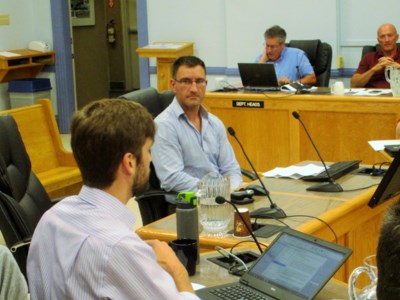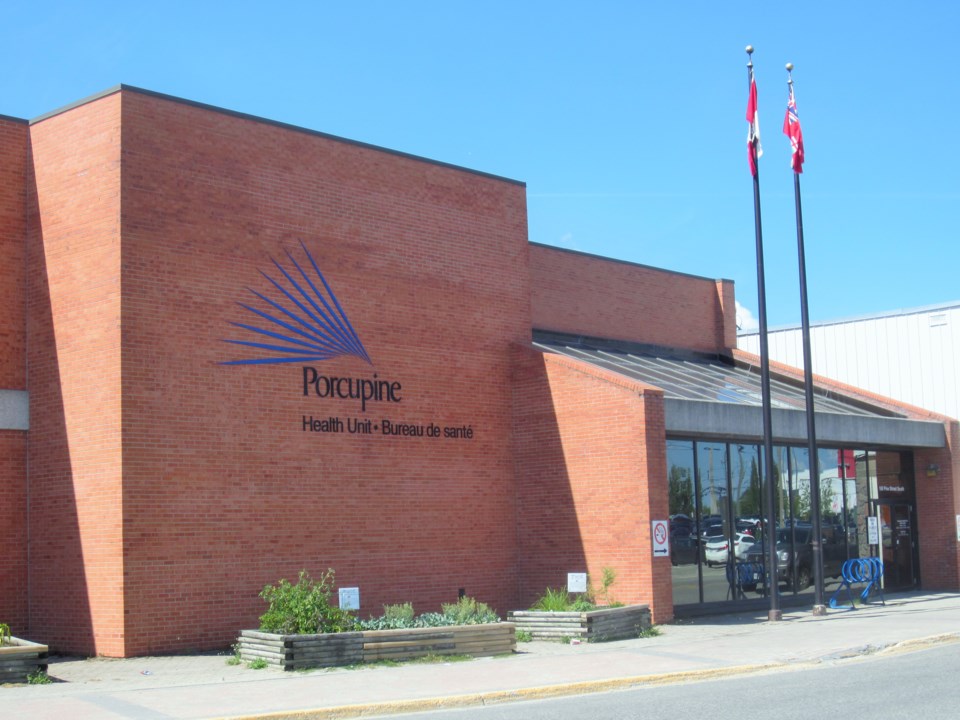Marty Paul, a health promoter with the Porcupine Health Unit, made an eyebrow-raising presentation at city hall this week.
The rate of overweight and obese individuals has been rising along with provincial and national numbers.
"But the rates in the Porcupine Health Unit catchment area have consistently been statistically significantly higher than that of the provincial rate," said Paul.
"These rates of obesity and overweight have a strong link to many metabolic and chronic diseases such as heart disease, diabetes, and some forms of cancer."
According to PHU data collected from 2013 to 2014, which was self-reported by members of the public, shows that 45.2 percent of males in the area are overweight, while 33.5 percent are obese.
Women fare slightly better, but not by much. 31.6 percent of females are overweight, while 30.6 percent are obese. All of these numbers are above provincial averages.
The region has higher rates of cancers, heart disease, and diabetes than the rest of Ontario.
"What's worth noting here is that these chronic diseases are mostly preventable if people choose to make healthier food choices and engage in regular physical activity," said Paul.
He added a staggering statistic.
"The men and women from our district die from preventable causes 23 to 26 percent more than the provincial rate," said Paul.
The region has high rates of cigarette smokers and individuals who do not exercise, which contributes to whopping healthcare costs.
One of the contributing factors is the higher cost for healthy foods in the area when compared to the rest of Ontario. The data presented showed the costs of a 'healthy food basket' for a family of four.
"Our health unit area, is $16.27 more expensive than the cost of the same basket across the province, and every year we see an increase in that," said Paul.
He also emphasized that sometimes it is sheer economics that contribute to the issue.
"Since families pay for rent, heat, hydro, and other fixed expenses first, nutritious food often becomes a discretionary expense resulting in poor diet and a diet of poor nutritional value," said Paul.
He spoke briefly about the term 'equity', which essentially means giving everyone in the community an equal chance at good health. He encouraged all Councillors to make sure they take health into consideration.
 Marty Paul of the Porcupine Health Unit speaks with Councillor Andre Grzela. Andrew Autio for TimminsToday
Marty Paul of the Porcupine Health Unit speaks with Councillor Andre Grzela. Andrew Autio for TimminsToday "Our recommendation as public health, would be to consider the potential impact on health, when making decisions on city plans or bylaws," said Paul.
Councillor Pat Bamford said it was 'good' for the public to hear the presentation, as he knows the area consistently ranks among the least healthy in the province.
"As a general population, we have work to do," said Bamford.
Councillor Andrew Marks, who is also a member of the PHU's Board of Directors, felt that Paul had made a very good point.
"You've got my brain percolating right now with some ideas about how as Councillors and Mayor, we can sit around this table and look at the decisions, the discussions, and perhaps the voting that comes forward, if we put a little bit more of a slant or angle on the health of our residents, and the health of our community," said Marks.
Both Mayor Steve Black and Councillor Noella Rinaldo made reference to the somewhat controversial decision to install paved shoulders, or bicycle lanes, along the Connecting Link, which would clearly fall under the category of promoting healthier and more active lifestyles among local residents.
The PHU will be making two upcoming presentations at council in the near future, in which further data and potential strategies will be discussed.



